Get a custom course package
We may not have any package deals available including this course. If you enquire or give us a call on +1 7204454674 and speak to our training experts, we should be able to help you with your requirements.
Module 1: Review Windows PowerShell
Module 2: Command Syntax in Windows PowerShell
Module 3: Commands and Get-Help in Windows PowerShell
Module 4: Active Directory Domain Services using PowerShell cmdlets
Module 5: Network Service Settings for Windows Devices Using PowerShell cmdlets
Module 6: Windows Server Settings Using PowerShell Cmdlets
Module 7: Settings for a Local Windows Machine Using PowerShell cmdlets
Module 8: Windows PowerShell Pipeline
Module 9: Select, Sort, and Measure Objects Using the Pipeline
Module 10: Filter Objects Out of the Pipeline
Module 11: Enumerate Objects in the Pipeline
Module 12: Send and Pass Data as Output from the Pipeline
Module 13: Pass Pipeline Objects
Module 14: Connect with Data Stores Using PowerShell Providers
Module 15: Use PowerShell Drives in PowerShell
Module 16: Review CIM and WMI
Module 17: Query Configuration Information by Using CIM and WMI
Module 18: Query and Manipulate Repository Objects by Using CIM and WMI Methods
Module 19: Manage Variables in Windows PowerShell Scripts
Module 20: Work with Arrays and Hash Tables in Windows PowerShell Scripts
Module 21: Create and Run Scripts by Using Windows PowerShell
Module 22: Work with Scripting Constructs in Windows PowerShell
Module 23: Import Data in Different Formats for Use in Scripts by Using Windows PowerShell cmdlets
Module 24: Use Methods to Accept User Inputs in Windows PowerShell Scripts
Module 25: Troubleshoot Scripts and Handle Errors in Windows PowerShell
Module 26: Use Functions and Modules in Windows PowerShell Scripts
Module 27: Manage Single and Multiple Computers by Using Windows PowerShell Remoting
Module 28: Use Advanced Windows PowerShell Remoting Techniques
Module 29: Persistent Connections to Remote Computers by Using Windows PowerShell Sessions
Module 30: Review Azure PowerShell Module
Module 31: Review the Features and Tools for Azure Cloud Shell
Module 32: Manage Azure Resources with Windows PowerShell
Module 33: Manage Users, Groups, and Licenses in Azure AD by Using Windows PowerShell
Module 34: Manage Exchange Online by Using Windows PowerShell
Module 35: Manage SharePoint Online by Using Windows PowerShell
Module 36: Manage Microsoft Teams by Using Windows PowerShell
Module 37: Create and Manage Background Jobs Using Windows PowerShell
Module 38: Create and Manage Scheduled Jobs Using Windows PowerShell


This Automating Administration with PowerShell AZ-040 Course is designed for individuals who want to develop expertise in automating administrative tasks and managing Microsoft Azure resources using PowerShell scripting. This Microsoft Azure Training Course can be beneficial for a wide range of professionals, including:
Delegates should have prior experience with Windows Networking Technologies and implementation, and experience with Windows Server Administration, Maintenance, and troubleshooting to attend this Automating Administration with PowerShell AZ-040 Training Course.
The Automating Administration with PowerShell AZ-040 Training is a pivotal Microsoft Azure Certification that delves into the automation capabilities of PowerShell for streamlined administrative tasks. In today's dynamic cloud environment, automation is the linchpin of efficiency, and this course addresses the relevance of leveraging PowerShell to enhance administrative workflows.
Understanding PowerShell automation is imperative for IT professionals, system administrators, and Azure architects aiming to optimise and simplify routine administrative processes. Proficiency in this is essential for people seeking to harness the potential of automation. This Microsoft Azure Certification is tailored to empower professionals with the knowledge and tools needed to master PowerShell for automating administration tasks efficiently.
This 5-day Automating Administration with PowerShell AZ-040 Course is a comprehensive training course designed to provide hands-on experience and practical insights. Delegates will learn to create scripts, automate workflows, and manage Azure resources programmatically. The delegates will explore the powerful world of scripting and automation, gaining skills crucial for navigating the complexities of modern IT administration.
Course Objectives
After completing this Automating Administration with PowerShell AZ-040 Course, delegates will gain the knowledge and skills to harness PowerShell for efficient Azure administration. They can immediately apply these skills to their workplace, resulting in increased productivity and better resource management. This course equips professionals with the tools needed to excel in the ever-evolving world of Microsoft Azure.




Why choose us
Experience live, interactive learning from home with The Knowledge Academy's Online Instructor-led Automating Administration With PowerShell AZ-040 Training. Engage directly with expert instructors, mirroring the classroom schedule for a comprehensive learning journey. Enjoy the convenience of virtual learning without compromising on the quality of interaction.
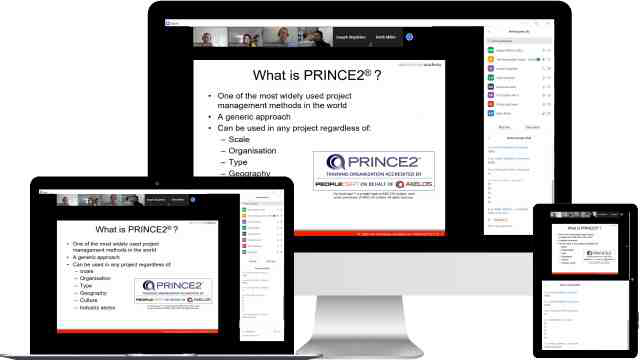
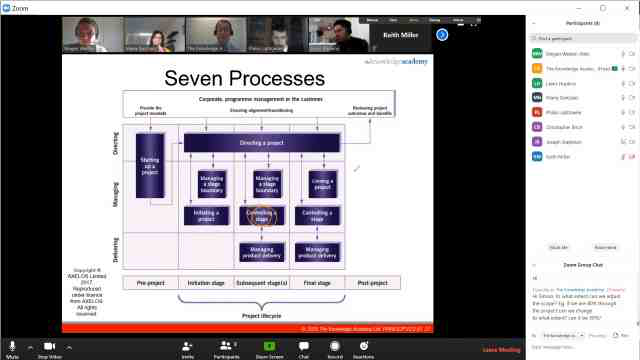
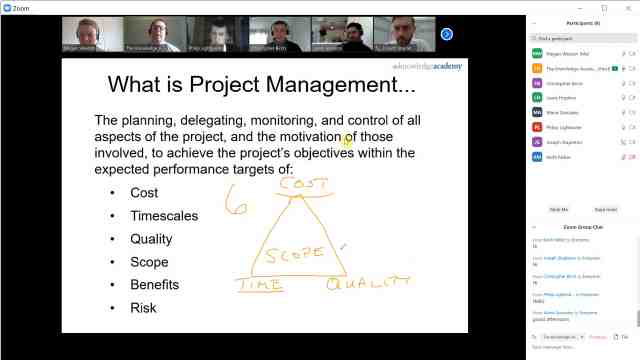
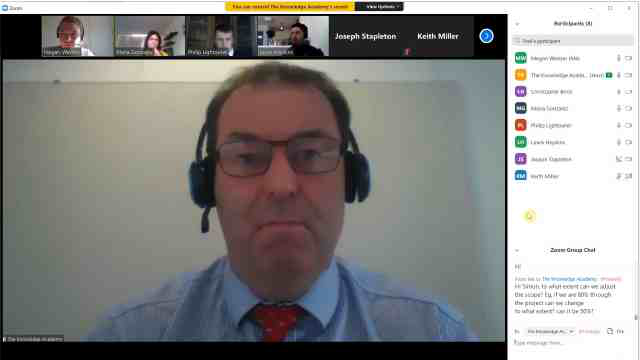
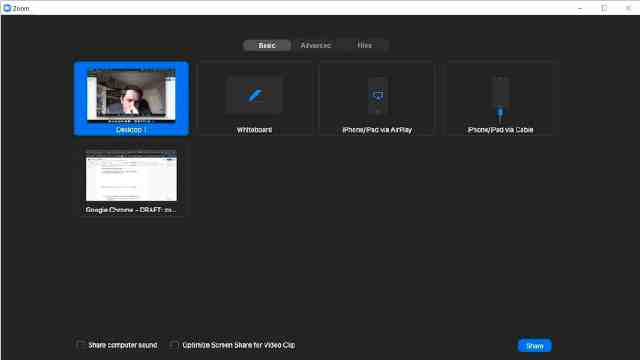
Unlock your potential with The Knowledge Academy's Automating Administration With PowerShell AZ-040 Training, accessible anytime, anywhere on any device. Enjoy 90 days of online course access, extendable upon request, and benefit from the support of our expert trainers. Elevate your skills at your own pace with our Online Self-paced sessions.
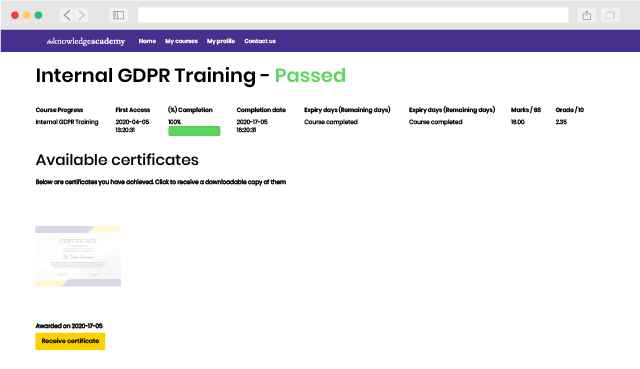
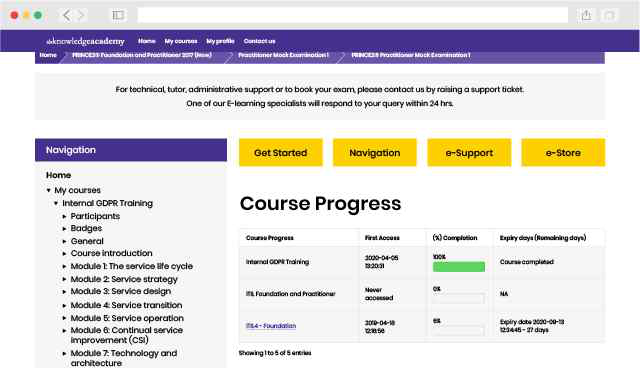
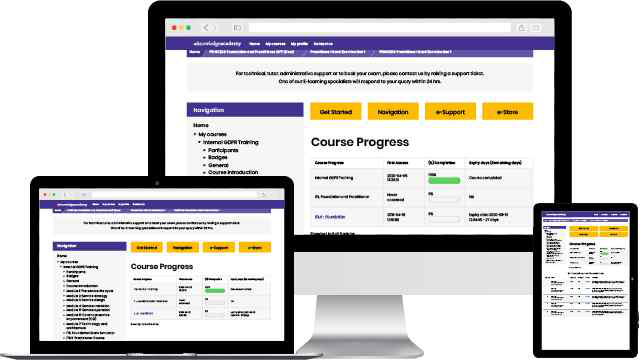
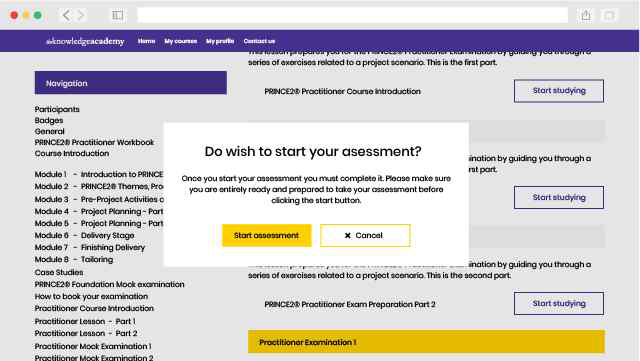
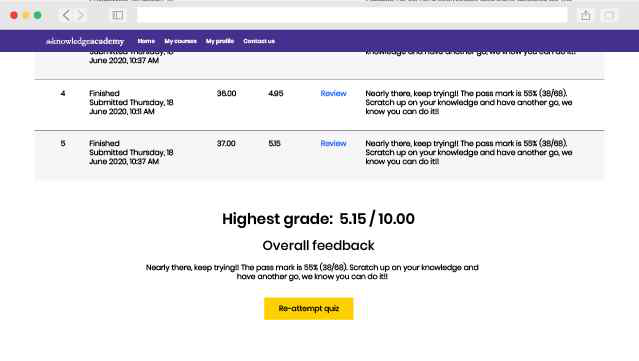

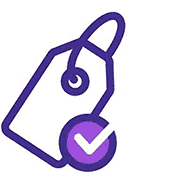
You won't find better value in the marketplace. If you do find a lower price, we will beat it.

Microsoft Azure Training

Flexible delivery methods are available depending on your learning style.

Resources are included for a comprehensive learning experience.




"Really good course and well organised. Trainer was great with a sense of humour - his experience allowed a free flowing course, structured to help you gain as much information & relevant experience whilst helping prepare you for the exam"
Joshua Davies, Thames Water



 Atlanta
Atlanta New York
New York Houston
Houston Dallas
Dallas Denver
Denver Seattle
Seattle Los Angeles
Los Angeles Chicago
Chicago San Francisco
San Francisco Philadelphia
Philadelphia San Diego
San Diego Phoenix
Phoenix Boston
Boston Austin
Austin Detroit
Detroit San Jose
San Jose Tampa
Tampa Colorado Springs
Colorado Springs Portland
Portland Sacramento
Sacramento Minneapolis
Minneapolis San Antonio
San Antonio Irvine
Irvine Las Vegas
Las Vegas Miami
Miami Bellevue
Bellevue Pittsburgh
Pittsburgh Baltimore
Baltimore Fairfax
Fairfax Orlando
Orlando Raleigh
Raleigh Salt Lake City
Salt Lake City Columbus
Columbus Oklahoma City
Oklahoma City Nashville
Nashville Charleston
Charleston Columbia
Columbia Cleveland
Cleveland Cincinnati
Cincinnati Memphis
Memphis Richmond
Richmond Virginia Beach
Virginia Beach Louisville
Louisville Fort Lauderdale
Fort Lauderdale Indianapolis
Indianapolis Des Moines
Des Moines Grand Rapids
Grand Rapids New Orleans
New Orleans Wichita
Wichita Charlotte
Charlotte Hartford
Hartford New Jersey
New Jersey Anchorage
Anchorage Omaha
Omaha Honolulu
Honolulu Albuquerque
Albuquerque Baton Rouge
Baton Rouge Iowa City
Iowa City Albany, NY
Albany, NY Boise
Boise Milwaukee
Milwaukee Tucson
Tucson Kansas City
Kansas City St Louis
St Louis Jacksonville
Jacksonville
 Back to course information
Back to course information
We may not have any package deals available including this course. If you enquire or give us a call on +1 7204454674 and speak to our training experts, we should be able to help you with your requirements.
 If you miss out, enquire to get yourself on the waiting list for the next day!
If you miss out, enquire to get yourself on the waiting list for the next day!

close


Press esc to close

close
Fill out your contact details below and our training experts will be in touch.



Back to Course Information